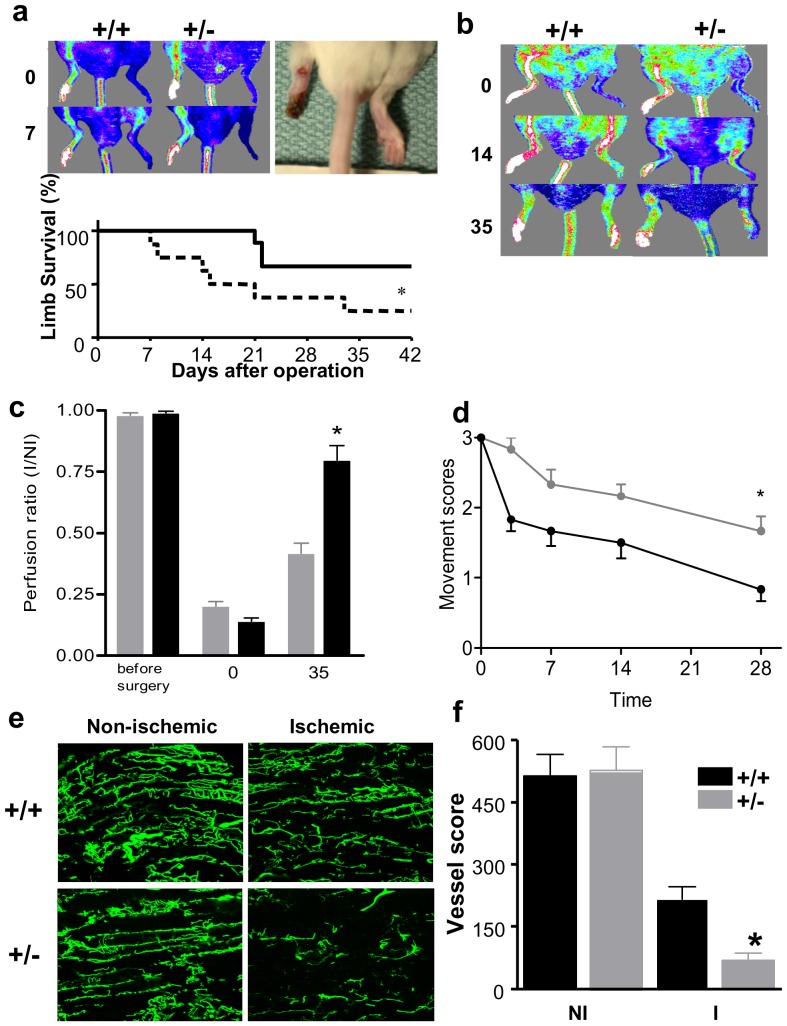Figure 2. Limb survival dependence on Tie2 in the autoamputation model.
(a) Representative laser doppler perfusion images showing post-surgical, unilateral reduction of hindlimb perfusion on day 0 (top) with signs of limb salvage in wild-type and early limb loss in Tie2+/− mice on day 7 (bottom). In color-coded images, normal perfusion is depicted in a range from high (red/white) to low (blue). Photographic image of distal forefoot loss defined as leg autoamputation. Graph shows limb survival curve after induction of ischemia (time 0) in wild-type (___, n = 9) and Tie2+/− (—, n = 8) mice as obtained by Kaplan-Mayer's method and analyzed using log-rank test. *denotes p<0.05. (b) Tie2+/− mice display reduced perfusion restoration compared to wild-type mice by laser doppler perfusion imaging in wild-type (n = 10) and Tie2+/− (n = 11) mice on day 0, 14 and 35 after femoral arteriectomy. (c) Quantitative evaluation of perfusion expressed as a ratio of ischemic to non-ischemic limb perfusion in wild-type (solid bars) and Tie2+/− mice (shaded bars); *denotes p<0.001. (d) Movement score assessing functional impairment in follow-up after hindlimb ischemia in wild-type (solid lines, n = 6) and Tie2+/− (shaded lines, n = 6) mice. *denotes p<0.05. (e) Tie2 deficiency decreases restoration of microvascular perfusion capacity in response to ischemia imaged with confocal microscopy on whole-mount tissue specimens using fluorescence microangiography. Nonischemic muscle in both Tie2+/− and wild-type contain numerous perfused blood vessels that dramatically drop in number after surgical induction of hindlimb ischemia. (f) Quantification of adductor muscle perfusion capacity on day 14 expressed as a vessel score that is a composite of vessel branching point number, length and end points number. Perfusion capacity of the ischemic limb is improved in wild-type (n = 5) versus Tie2+/− (n = 4) mice on day 14. *denotes p<0.01.

